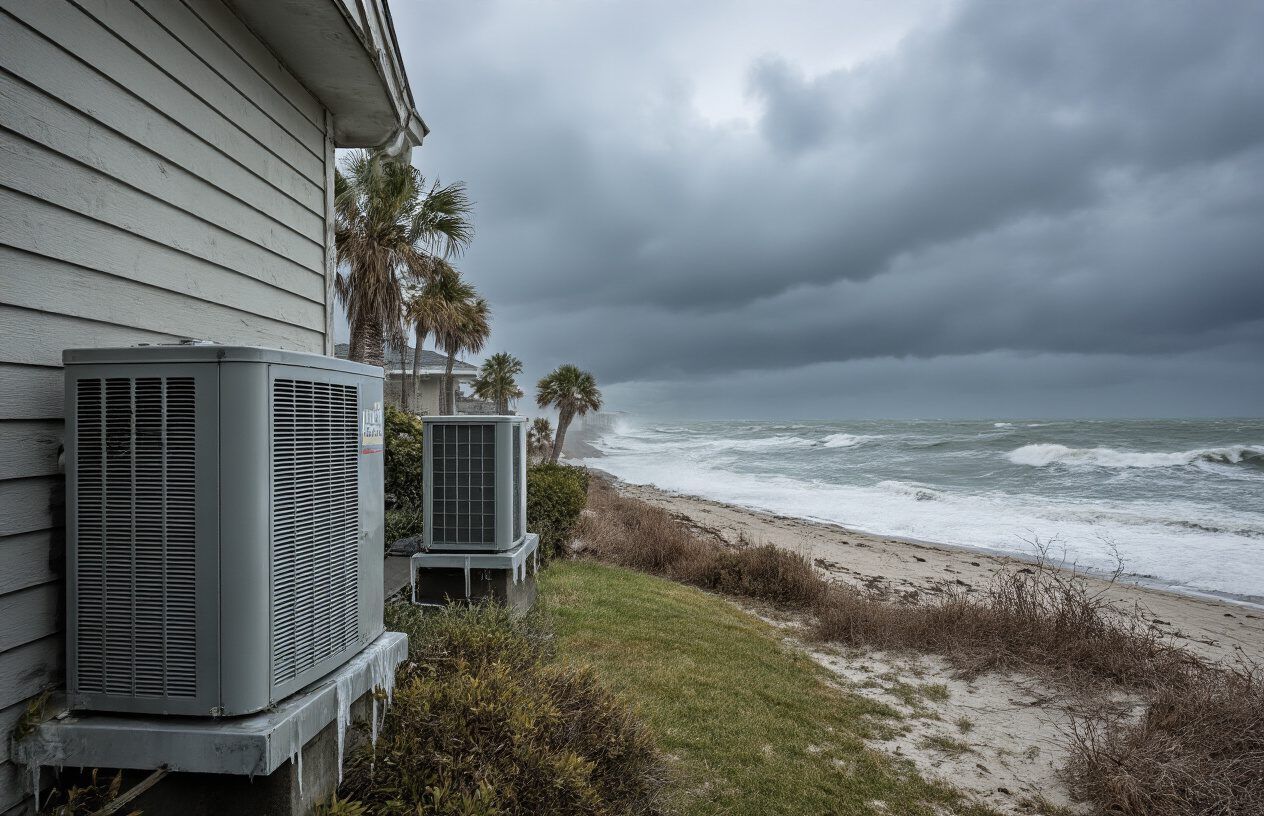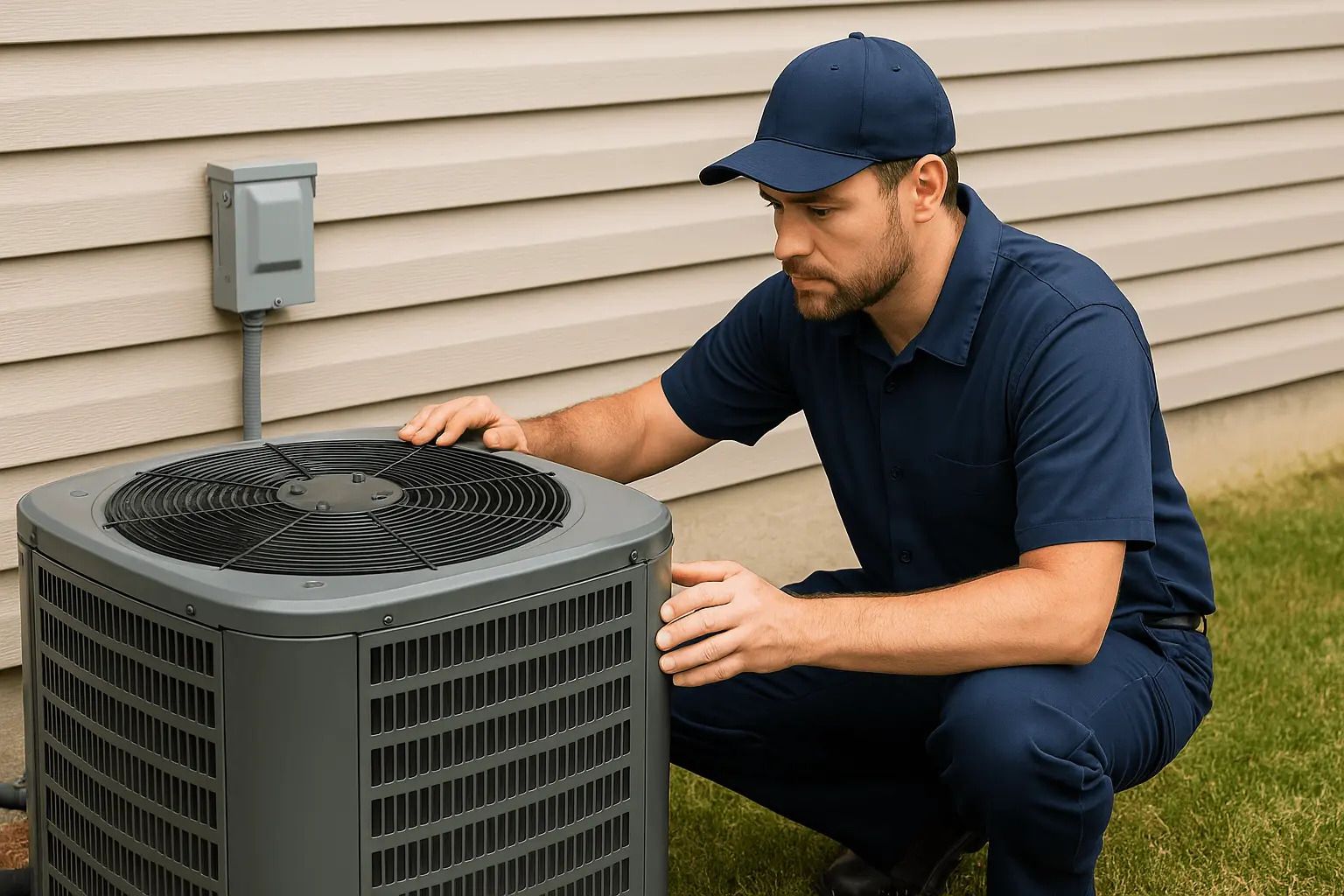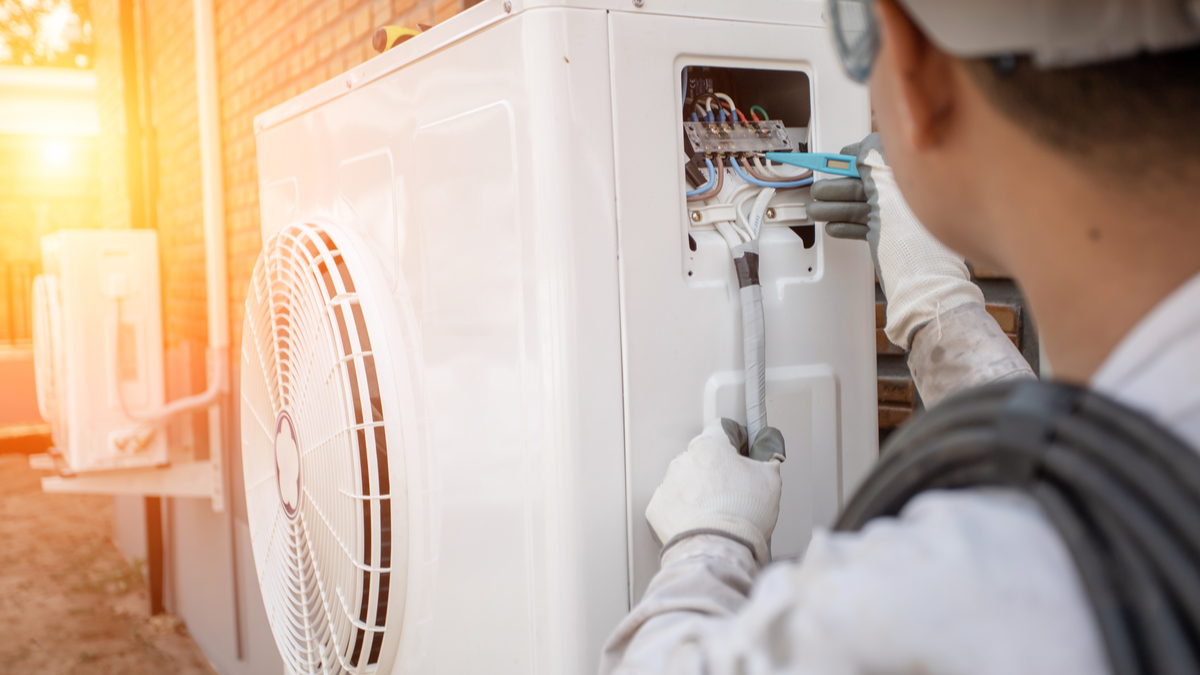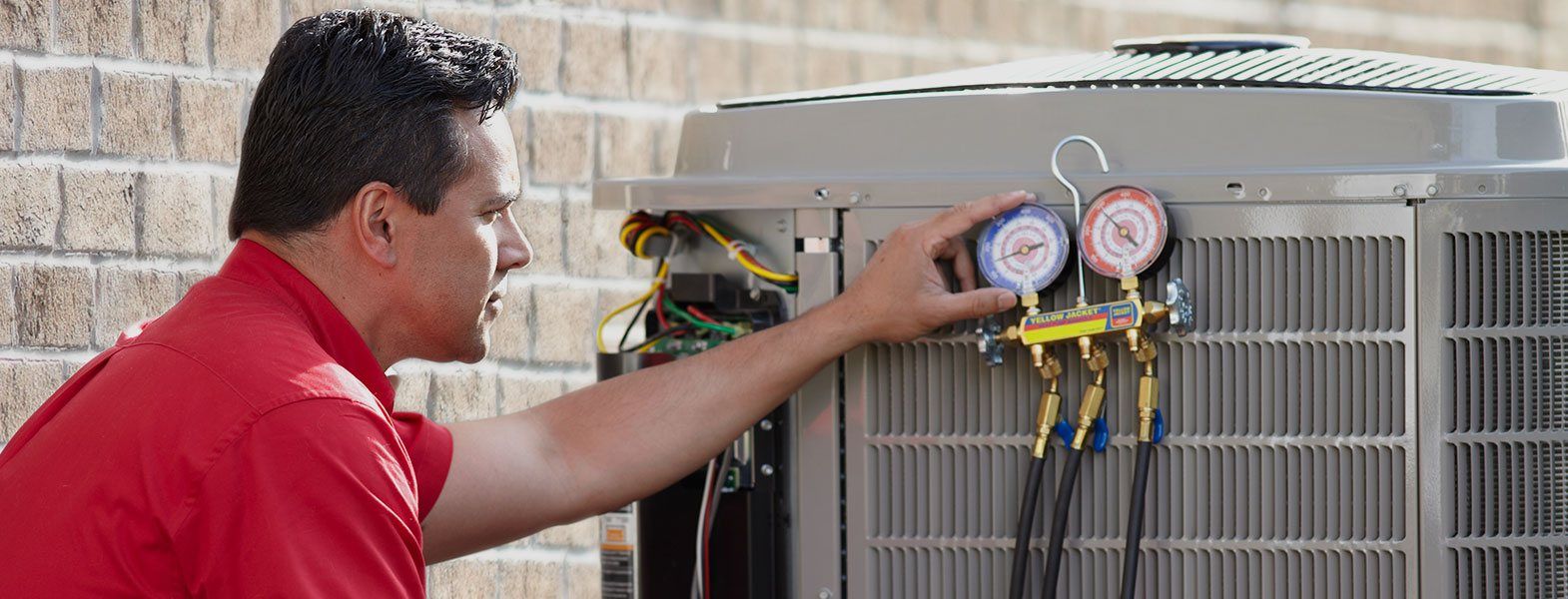
Introduction If you live in Bradenton, FL, you already know how much your HVAC system works year-round. Between the humid summers and mild—but still muggy—winters, a reliable air conditioning and heating system isn’t a luxury; it’s a necessity. But here’s a question most homeowners forget to ask until it’s too late: Is your old HVAC system costing you more than you realize? Many Bradenton homeowners put off replacing an aging HVAC system because it “still runs.” Yet behind the scenes, those older units often waste energy, raise utility bills, and quietly drive up repair costs. Let’s uncover the hidden savings you can unlock by upgrading your old HVAC system — and why Envirotec Heating & Cooling Inc, your trusted HVAC contractors in Bradenton, FL, makes the process easy and affordable.

Introduction Living in Bradenton, FL means enjoying warm coastal breezes, sunny afternoons, and humid summers — but also dealing with temperature swings and salty air that can test your home’s comfort system. That’s where professional HVAC contractors like Envirotec Heating & Cooling Inc step in. If you’ve ever wondered why your energy bill spikes or why one room feels cooler than another, this guide will help you understand everything about HVAC systems — from installation to repair and maintenance — so you can keep your Bradenton home comfortable year-round. Let’s break down what HVAC really means, why it’s so vital in Florida’s climate, and how you can make smart choices for your home’s comfort and efficiency.
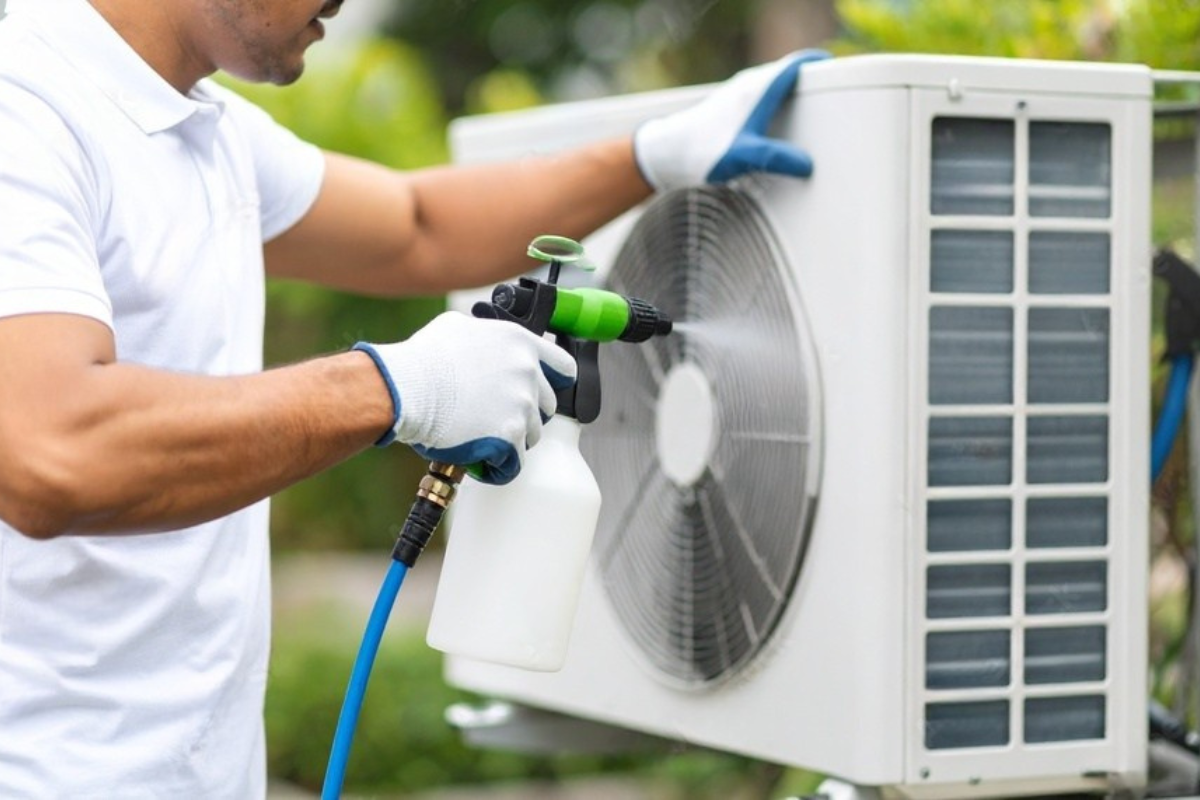
Introduction If you’ve ever walked into your Bradenton home and felt the air was stuffy or heavy, you’re not imagining it. Florida’s warm, humid climate can make indoor air quality a real challenge — especially when your HVAC system isn’t working at its best. From allergy flare-ups to lingering odors, poor indoor air can quietly impact your health and comfort. That’s where trusted HVAC contractors like Envirotec Heating & Cooling Inc come in. They specialize in everything from new construction installation of HVAC systems to Mitsubishi mini-split systems, change-outs, and precision tune-ups — all designed to help Bradenton homeowners breathe cleaner, healthier air. Let’s break down how the right HVAC solutions can protect your home — and your lungs — from the inside out.
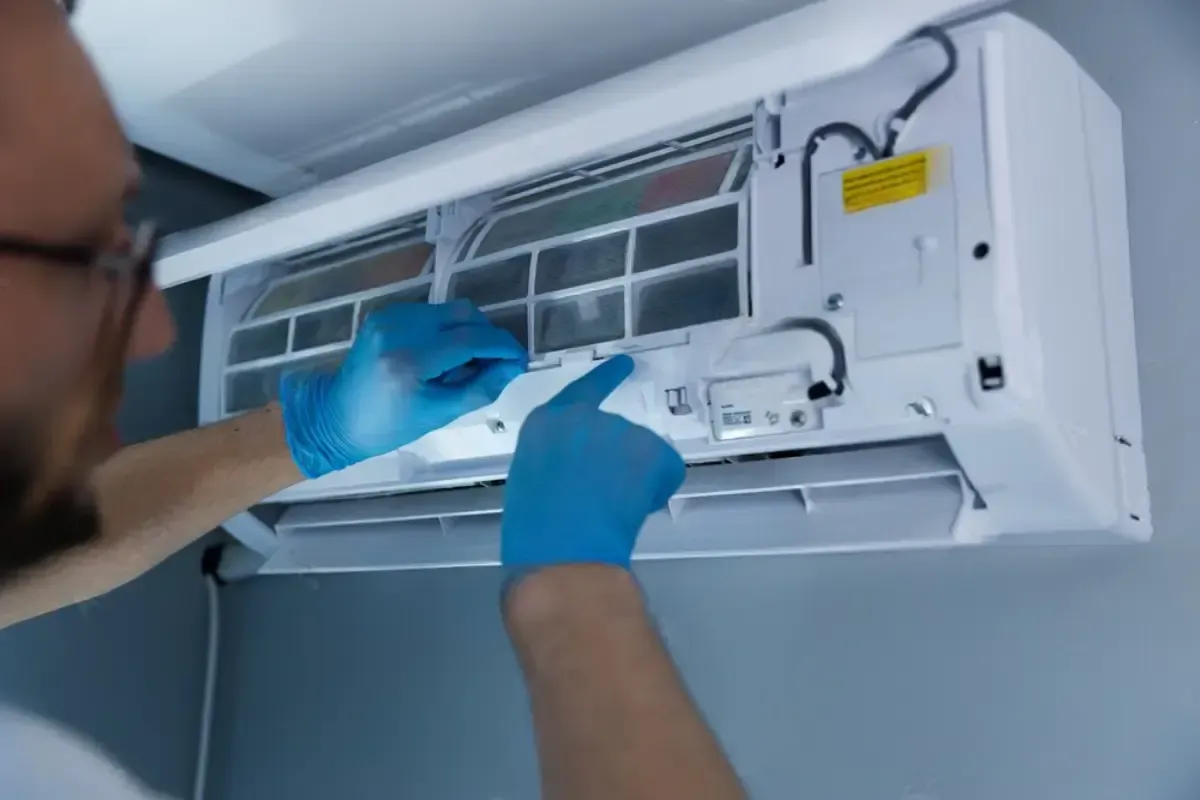
Introduction In Bradenton, FL, where summer heat and coastal humidity can challenge even the best air conditioning systems, dependable HVAC contractors are more than a luxury — they’re a necessity. Whether you’re building a new home, upgrading an old system, or looking for quick HVAC repair near me, your comfort depends on having the right team. Maybe your AC stopped working in the middle of a July afternoon, or your heating system just can’t keep up in those cooler winter nights. You’re not alone — these are common problems for Florida homeowners. So, how do you ensure your home stays comfortable year-round without spending a fortune or stressing about constant repairs? Let’s explore how Envirotec Heating & Cooling Inc keeps Bradenton families cool, comfortable, and confident.

Discover how to choose the right heating and cooling system for your home with our complete HVAC buying guide tailored for Bradenton, FL. Learn when, why, and how to find trusted HVAC contractors and reliable air conditioning service. Living in Bradenton, FL means enjoying sunshine, Gulf breezes, and warm weather almost year-round. But if you’ve ever stepped inside on a sweltering August afternoon, you know how important it is to have a reliable HVAC system. Your heating and cooling system doesn’t just keep you comfortable it helps manage indoor air quality, energy bills, and even your health. Choosing the right HVAC system can feel overwhelming with so many options, price ranges, and installation requirements. That’s why we’ve put together this complete HVAC buying guide. We’ll walk you through what HVAC contractors do, why an efficient system matters in Bradenton, when you should schedule services, and how to select the perfect air conditioning service for your needs. Whether you’re building a new home, replacing an old unit, or simply looking for better comfort, this guide will help you make confident, informed choices.

